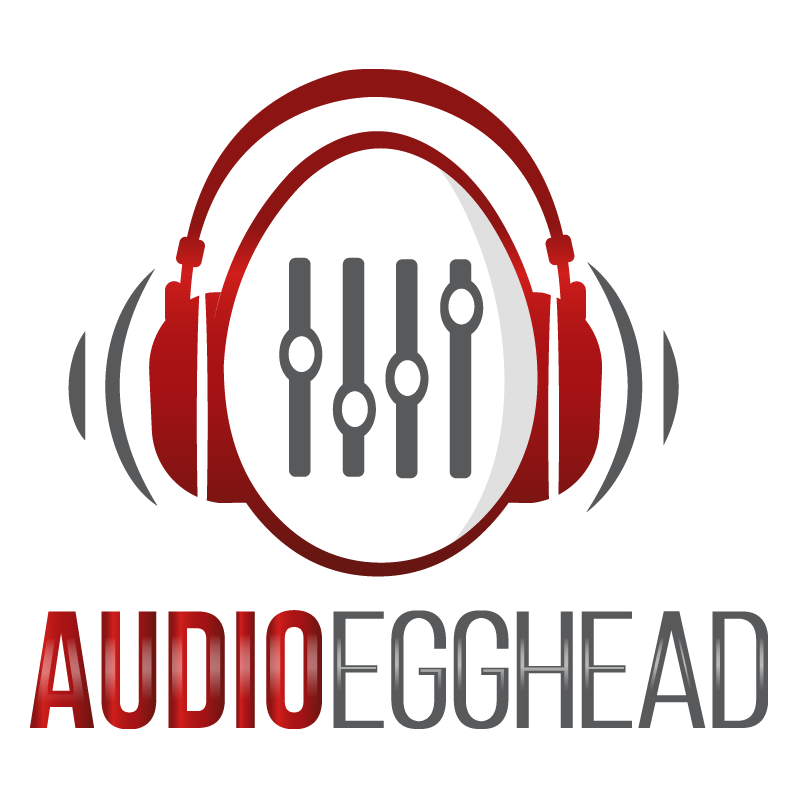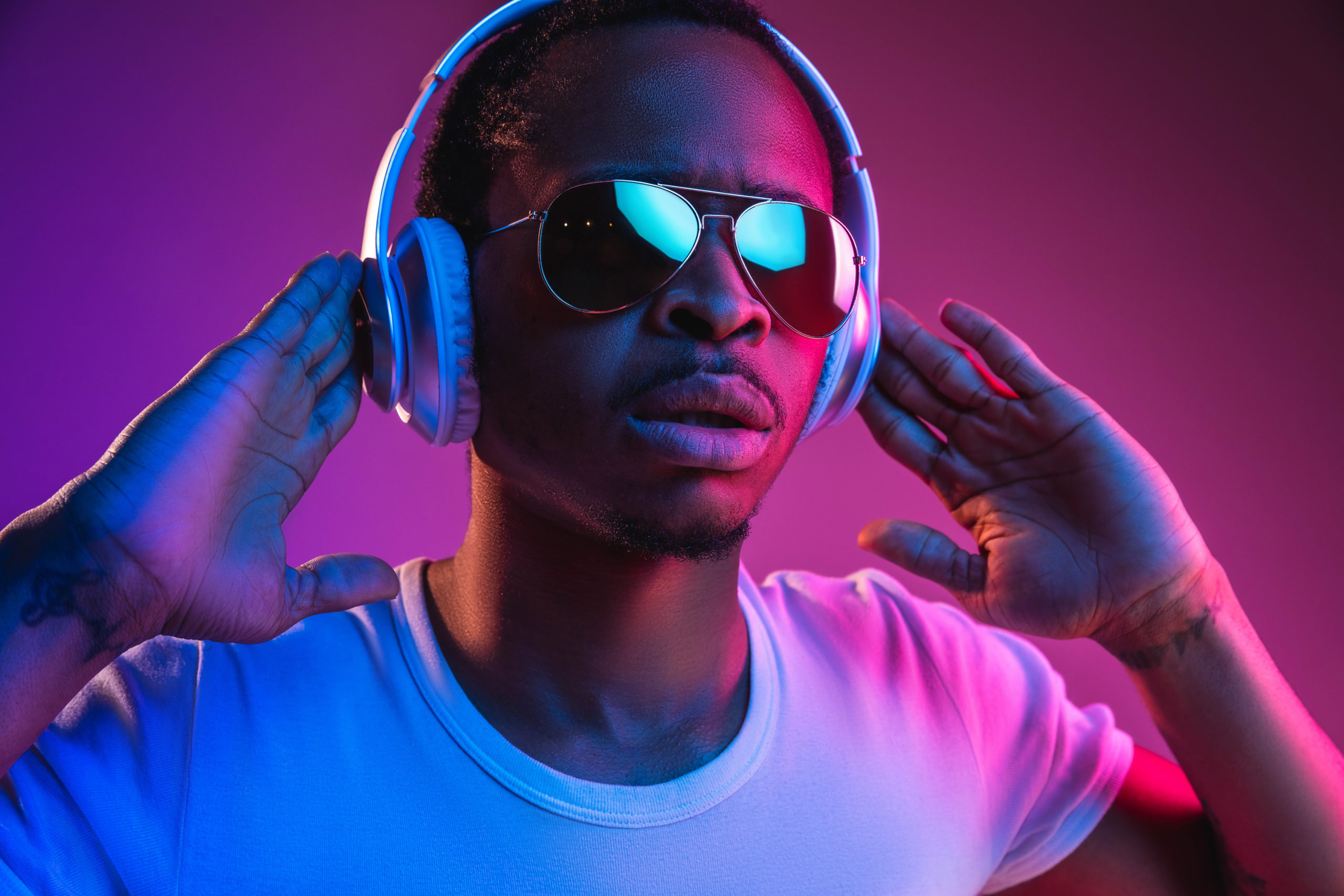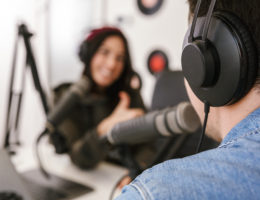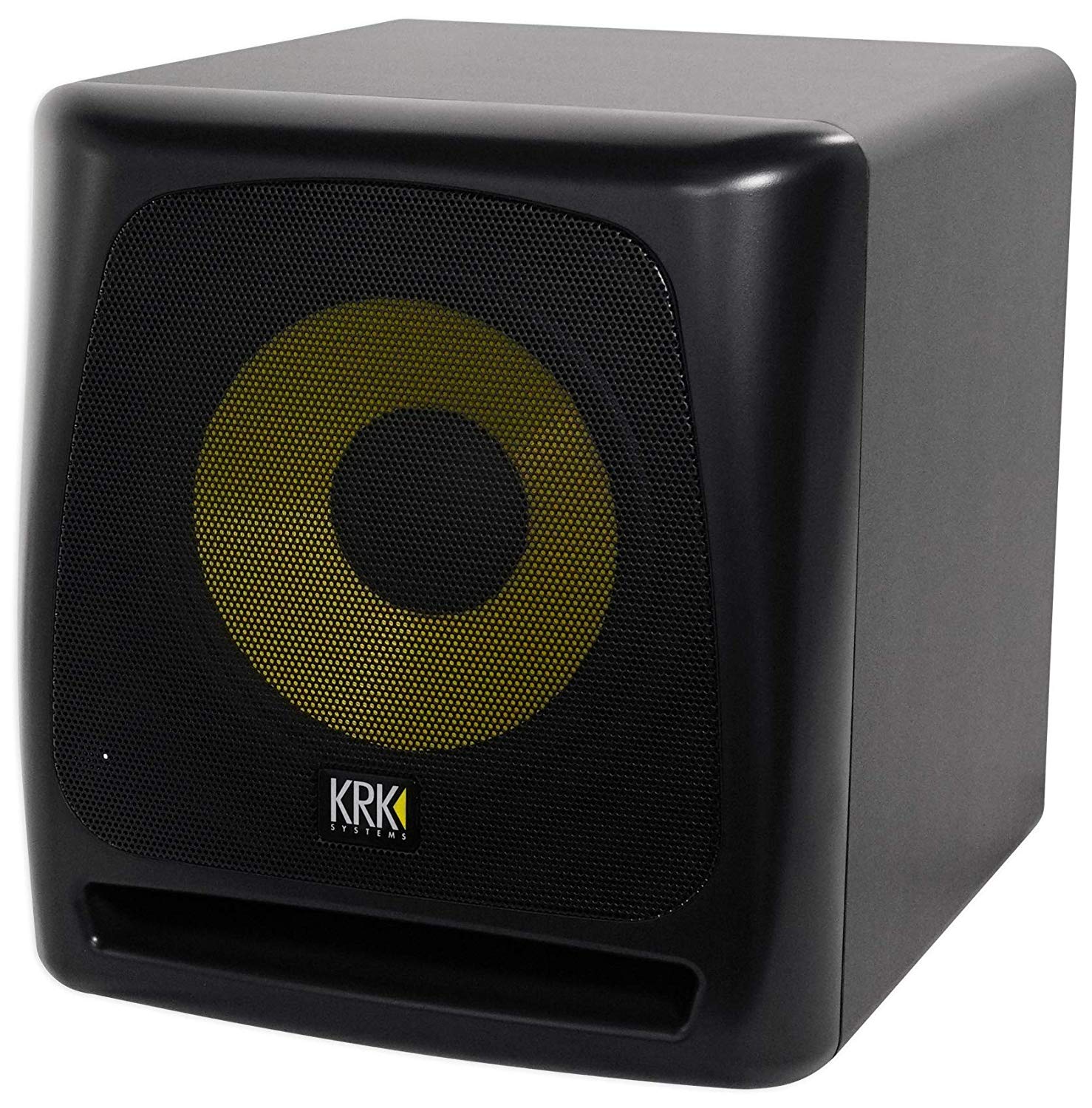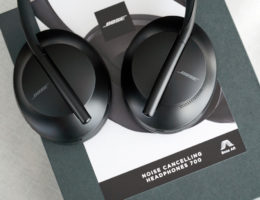What are the best headphones you can get? Are open back headphones better? Or should you go with a pair of closed back headphones? Audiophiles have argued the debate of “open back vs closed back headphones” for some time. Everyone has their favorite brands and types of headphones. The real question, is “what is best for you?” And from where I sit, this is entirely a matter of what you’re trying to accomplish in a given situation.

Are you listening casually, mixing and mastering, or recording? Are you in public or in private? In noisy surroundings or in quiet ones?
Your situation will dictate what type of listening experience you need. After you know a little more, choosing the right pair of headphones won’t be so difficult.
What Are Closed Headphones?
 Example: Audio-Technica ATH-M20x Professional Studio Monitor Closed Back Headphones
Example: Audio-Technica ATH-M20x Professional Studio Monitor Closed Back Headphones
“Closed headphones” is a term that describes any headphones that have a closed back on the earcup. When you look at a pair of headphones, you have the headband, the cord (sometimes), and then the earcups, which sit over the listener’s ears and deliver sound.
In a closed back design, these earcups are only open to the outside world in one direction: toward the listener. They deliver sound straight into the listener’s ears, and that’s it. This type of headphone is great if you want to isolate yourself from outside noise. Noise isolation and noise-canceling headphones are usually closed back for this reason. They are over-ear headphones that are trying to block out the ambient noise from the outside world.
The advantage of closed back headphones is that you can get great sound quality in areas you otherwise wouldn’t be able to hear. Especially if you’re in a noisy environment, closed-back may actually be the only headphones you could hear at all.
What Are Open Headphones?
 Example (and my personal favorite): The Beyerdynamic 459038 DT 990 PRO Open Back Studio Headphones
Example (and my personal favorite): The Beyerdynamic 459038 DT 990 PRO Open Back Studio Headphones
So now we get to the other side of the “open vs closed” question. Open headphones have earcups that are not closed off from the outside world. These headphones will emit sound in both directions. That means they let bystanders hear your music while you listen. But they will also allow you to hear some of your surroundings at the same time.
At this point, you may be asking why anyone would prefer open back models. Can other people hear open back headphones? Then why are open back headphones better? What would the advantage be?
The advantage of open back design is that the earphones generally have a richer sound quality. Because the sound is allowed to travel in both directions, you get less reverberation, which leads to the best sound possible. In addition, open back headphones avoid the pressure buildup that occurs in closed models. This creates a superior listening experience, and you’ll be able to hear details you might miss from a closed pair.
Open Back vs Closed Back Headphones: 4 Different Scenarios
1. For Listening in Public / Noisy Environments

Closed headphones are hands down the best option if you’re in public, traveling, or trying to listen to something in crowded surroundings. If you’re traveling on any sort of public transportation —on the bus, the metro, or on the airplane —it’s almost always going to be loud. You’re combating the sounds of the city, other people, grinding heavy machinery, or roaring engines. You want a pair of headphones that will really keep that extra noise out. Open headphones just won’t always cut it. In the most extreme cases, open earphones might not even really be audible.

On the flip side, even if your surroundings aren’t that noisy, you may still have other people to worry about. You might not want everyone hearing whatever you’re listening to. If you’re in the library, or any location that expects people to maintain a low profile, it’s much more considerate to go with a pair of closed headphones. You’ll get a lot fewer dirty looks from the rest of the room, and you’ll be able to listen in peace.
2. For Listening in Private / Quiet Environments

When it comes to listening in private, this is completely different. It’s really a matter of personal taste. After all, there isn’t anyone else to worry about, and you can choose whatever set makes you most comfortable. Some people prefer the feel of closed back noise-canceling headphones no matter where they are.
Personally, if I’m at home and there isn’t a lot of background noise, I’m going to choose open-back headphones. I get a wider soundstage, richer sound quality, and I also get some comfort knowing that I’m not totally isolated from the outside world. If the Amazon delivery guy comes to my door while I’m listening to a track, I won’t be totally oblivious to the fact.
Semi-Open Headphones
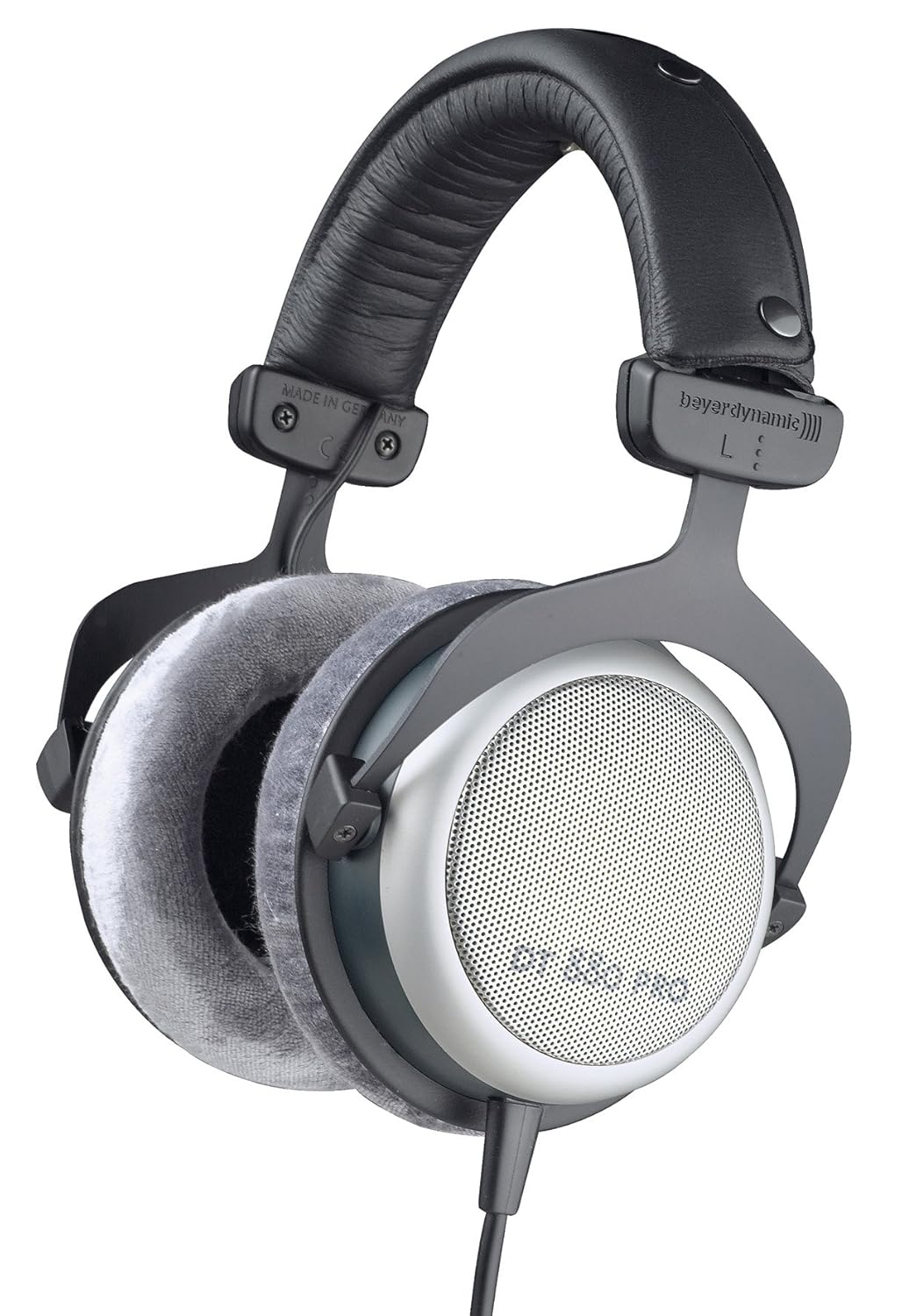 Another option is to get a pair of “semi-open” headphones, like the AKG K240 or the Beyerdynamic DT 880 Pro. Semi-open headphones are very near to being closed, but they are not completely sealed off. There’s just enough air passing through the earcups that you can hear outside a little bit. I usually will go with closed or open, but there are a number of excellently made semi-open models for anyone who can’t decide.
Another option is to get a pair of “semi-open” headphones, like the AKG K240 or the Beyerdynamic DT 880 Pro. Semi-open headphones are very near to being closed, but they are not completely sealed off. There’s just enough air passing through the earcups that you can hear outside a little bit. I usually will go with closed or open, but there are a number of excellently made semi-open models for anyone who can’t decide.
3. For the Recording Studio

Now we take a look at professional use. Very often, recording artists are going to be wearing a set of headphones during a recording session. But what kind do they use? As you may have already guessed, closed headphones are going to be better in the recording studio.
Because open headphones emit sound, a recording device may pick up unwanted noise from open headphones. Closed headphones are designed to keep sound in, so that only the listener can hear them. When you’re in front of a set of highly sensitive recording equipment, this is exactly what you want.
4. For Mixing and Mastering

There are many steps to music production. Closed back headphones may be better for recording, but when audio engineers get to the mixing and mastering stage, open headphones are a great choice. A high-quality pair of open headphones will give the listener a more natural sound, similar to what would be played on your studio monitors. For editing and critical listening, this increased sound quality will help an editor make the best alterations to the recorded track.
Open Back vs Closed Back Headphones: Which One Do You Need?

So there you have it. When it comes to open back vs closed back headphones, there really isn’t a “right choice” in all cases. Instead, there are advantages depending on your situation. I think that everyone who designs, records, or produces music should get at least one pair of each style. Most people already own a pair of closed back, as they’re the most commonly available style for normal listening. But if you really want that extra quality when you’re editing something, a good pair of open-back headphones will give you that added detail that will take your listening experience to the next level.
